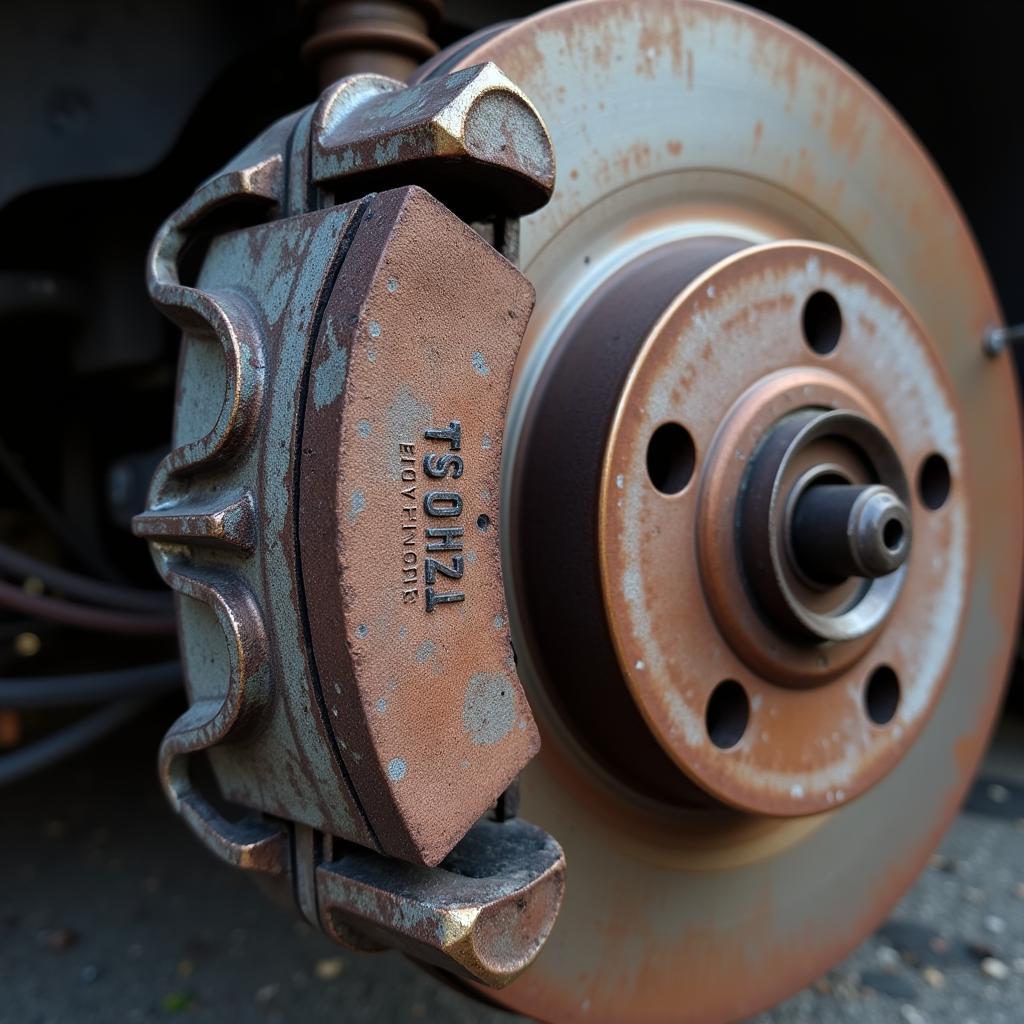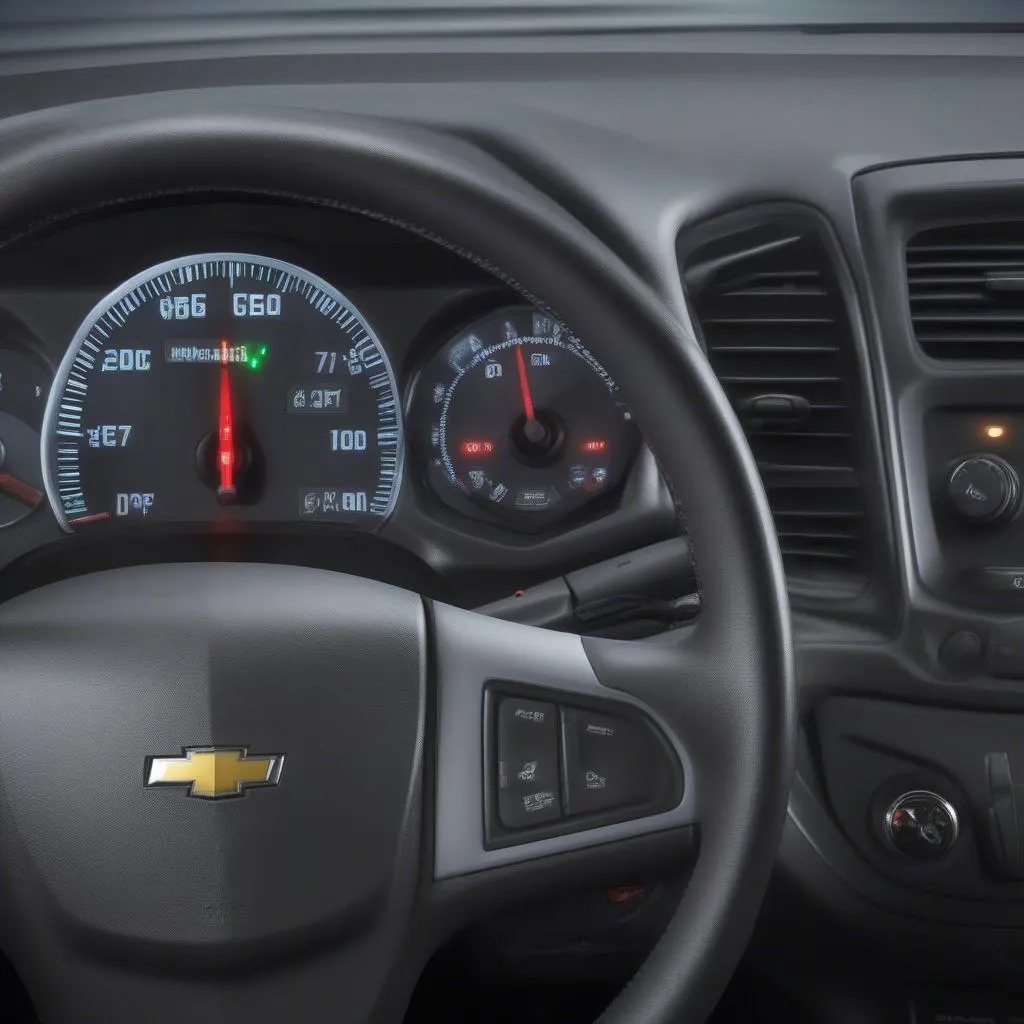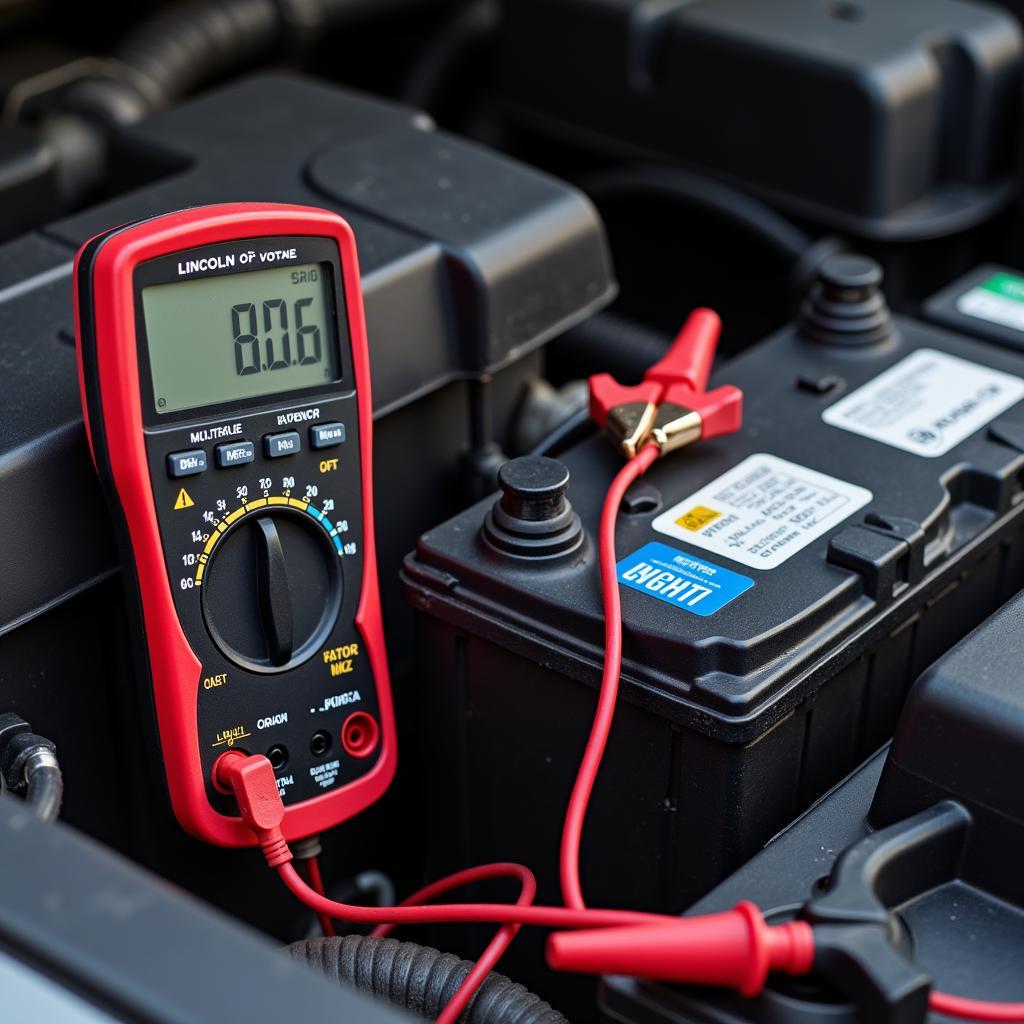A brake wear warning light flashing on your dashboard can be unsettling. This article provides a comprehensive guide to understanding brake wear warnings, their causes, and how to address them effectively. Learn what to expect, from simple fixes to more complex issues, and regain confidence in your braking system. ml500 brake wear warning
Brake wear warnings are crucial safety indicators designed to alert drivers to potential problems within their braking systems. Ignoring this warning could lead to compromised braking performance and dangerous driving situations. Understanding the different types of brake wear warnings, their potential causes, and the appropriate responses can help ensure your safety on the road.
What Does a Brake Wear Warning Mean?
A brake wear warning typically indicates that a component of your braking system requires attention. This could range from worn brake pads to issues with the brake fluid or even more complex electronic malfunctions. The warning can manifest as a light on the dashboard, a warning chime, or a change in brake pedal feel.
Types of Brake Wear Warnings
Several types of brake wear warnings exist, each signaling a specific issue. Common types include:
- Brake Pad Wear Indicator: This is the most frequent type of warning, triggered when the brake pads wear down to a predetermined thickness. A small metal tab contacts the rotor, creating a squealing sound or activating a dashboard light.
- Low Brake Fluid Level: Low brake fluid can indicate a leak in the brake lines or a worn master cylinder. The warning light for this issue is usually different from the brake pad wear indicator.
- Electronic Brake System Malfunction: Modern vehicles often have sophisticated electronic brake systems. A warning light related to the ABS (Anti-lock Braking System) or other electronic components can indicate a problem requiring specialized diagnostic equipment.
Diagnosing the Cause of Your Brake Wear Warning
Identifying the specific cause of a brake wear warning requires careful inspection and, in some cases, professional diagnosis.
Checking Brake Pad Thickness
Visually inspect your brake pads through the wheel spokes. If the pad material is less than ¼ inch thick, it’s likely time for replacement.
Inspecting Brake Fluid Level
Locate the brake fluid reservoir under the hood and check the fluid level against the minimum and maximum markings. If the level is low, add the appropriate brake fluid. However, consistently low fluid indicates a leak that needs immediate attention.
Professional Diagnostics
For complex electronic issues, it’s best to consult a qualified technician with specialized diagnostic tools. They can pinpoint the malfunction and perform the necessary repairs. mercedes brake wear warning light
 Brake Pad Wear Indicator Visual Inspection
Brake Pad Wear Indicator Visual Inspection
Addressing the Brake Wear Warning
Depending on the diagnosed cause, the solution can range from simple DIY tasks to professional repairs.
Replacing Brake Pads
Replacing brake pads is a relatively straightforward task for those with basic mechanical skills. However, if you are unsure, consult a professional.
Addressing Low Brake Fluid
Topping off the brake fluid can temporarily resolve the warning. However, persistent low fluid levels require a professional to identify and repair the leak.
Repairing Electronic Brake Systems
Electronic brake system malfunctions require specialized knowledge and equipment. Always consult a qualified technician for diagnosis and repair.
Why is my brake wear warning light on?
The brake wear warning light can illuminate for various reasons, including worn brake pads, low brake fluid, or a malfunctioning electronic brake system component.
What should I do if my brake wear warning light comes on?
If your brake wear warning light comes on, safely pull over and assess the situation. Check your brake fluid level. If the fluid is low, add more, but if the problem persists, seek professional help. If you suspect worn brake pads, consult a mechanic.
“Regular brake inspections are crucial for safety. Don’t ignore warning signs,” advises John Smith, Senior Automotive Technician at Smith Auto Repair. “A seemingly minor issue can quickly escalate into a major problem if left unaddressed.”
Conclusion
Addressing a brake wear warning promptly is crucial for maintaining vehicle safety and preventing potentially dangerous situations. lexus brake wear warning light Understanding the different types of warnings and their potential causes empowers you to take appropriate action, ensuring your peace of mind on the road. Don’t ignore the warning; address it proactively for a safer driving experience.
“Modern brake systems are complex. Don’t hesitate to seek expert help for diagnosis and repair,” adds Maria Garcia, Certified Brake Specialist at Garcia Auto Services. “Prevention is always better than cure, especially when it comes to your brakes.”
“A squealing sound while braking is a clear indication of worn brake pads. Address it immediately to avoid further damage,” emphasizes David Lee, Lead Mechanic at Lee’s Auto Garage.
FAQ
- What does a flashing brake wear warning light mean? A flashing light often indicates a more serious issue than a solid light, potentially a problem with the ABS system.
- Can I drive with the brake wear warning light on? While you might be able to drive a short distance, it’s not recommended. Get the issue diagnosed and repaired as soon as possible.
- How much does it cost to fix a brake wear warning issue? The cost varies depending on the cause. Brake pad replacement is relatively inexpensive, while electronic brake system repairs can be more costly.
- How often should I check my brakes? It’s advisable to have your brakes inspected at least once a year or every 12,000 miles.
- Can I replace my brake pads myself? If you have basic mechanical skills, you can replace brake pads. However, if you’re unsure, consult a professional.
- What type of brake fluid should I use? Refer to your owner’s manual for the correct brake fluid type for your vehicle. Using the wrong type can damage the braking system.
- How long do brake pads typically last? Brake pad lifespan varies depending on driving habits and conditions, typically lasting between 25,000 and 70,000 miles.



